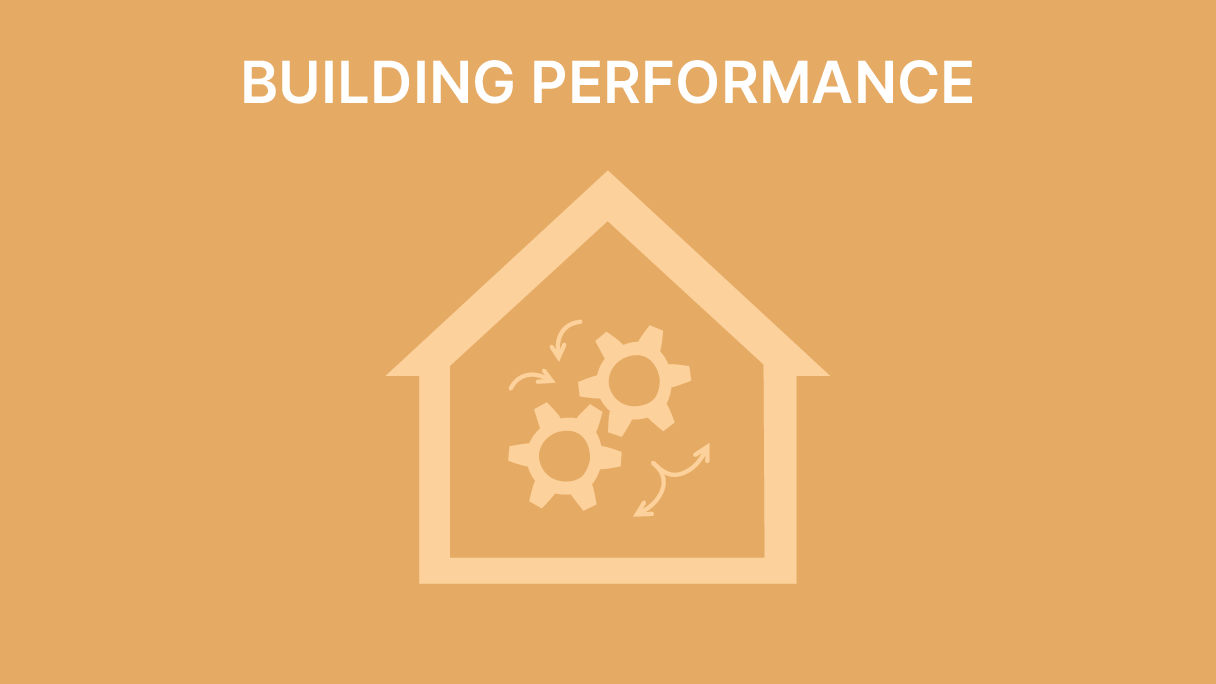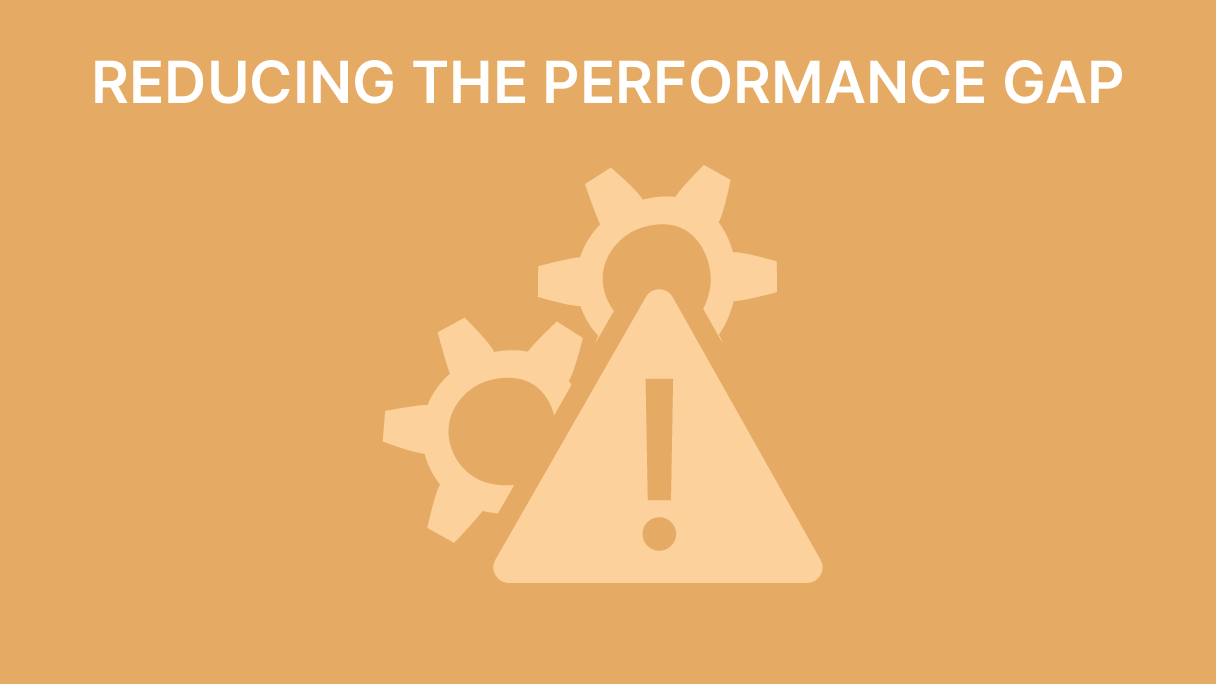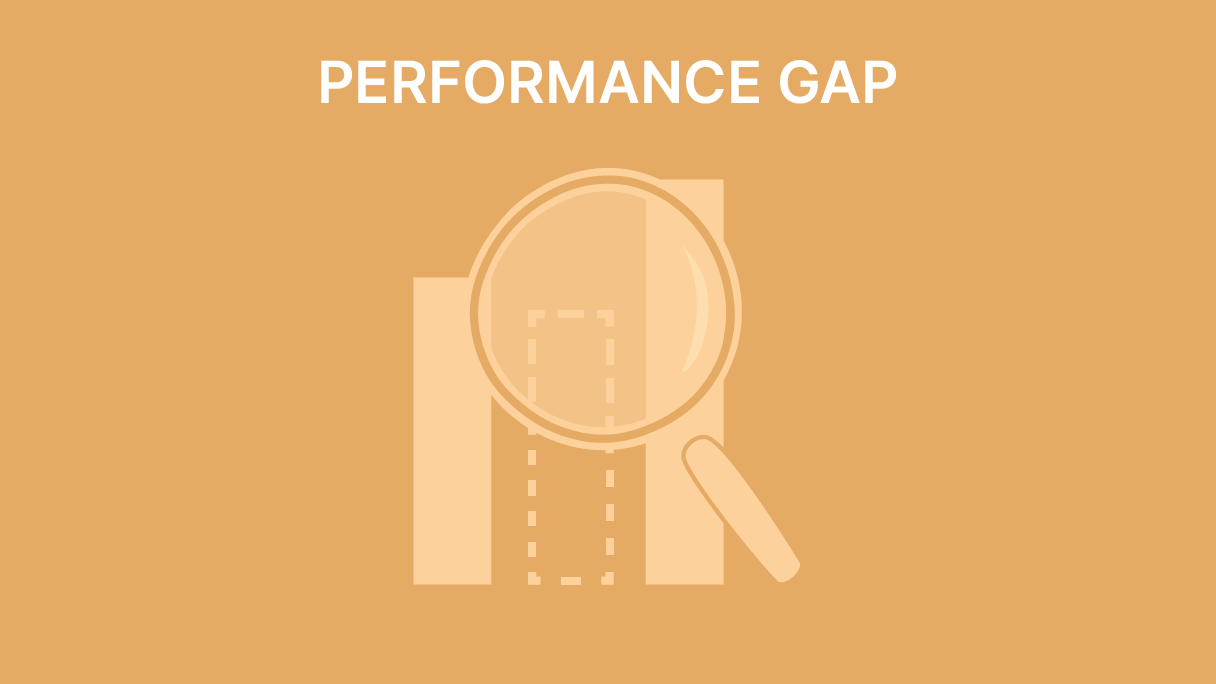Cavendish house
Cavendish House is a contemporary addition to the street front of Cavendish Avenue, designed to respect the milieu of (mostly Victorian) detached houses along it. It has a mass timber structure and is divided into two main volumes: a small, shingle-clad and protruding volume emulating the front bays of neighbouring houses, and a main, cuboid volume clad in glass and cement fibre, hosting most of the house’s functions.
Heelis centre
The Heelis Centre is the headquarters of the UK’s largest charity, The National Trust. The brief for the project was to create the most sustainable building possible at the time within the available budget. Named after Beatrix Potter, it houses offices, meeting spaces, and embodies the National Trust’s commitment to conservation and environmental responsibility.
Council House 2
The City of Melbourne posed an ecologically focused design brief for the proposal of Council House 2, often referred to as CH2 or CH2. The project’s goal was to set a sustainable example for Melbourne’s future development projects, as the city had its sights set on carbon neutrality by 2020. It adheres to the then newly launched Green Star rating system, a list of criteria developed by the Australian Green Building Council (GBC), which incorporates aspects from LEED and BREEAM. The project uses biomimicry to perform passively where possible, employing the building’s thermal mass to keep cool, and a reactive façade which helps in shading the interiors.
No footprint house
'No footprint house' is a toolbox for building low-emission, affordable, and prefabricated houses. It has been realised in several iterations and used as prototypes for improving the toolbox. Here, we are going to discuss the overall development of the toolbox and the first, most well-known prototype in Ojochal.
Lisbjerg hill housing
Lisbjerg Hill is a social housing complex in a suburb of Aarhus with a prefabricated, flexible, and reversible hybrid wood construction system. The project was designed to exemplify a new holistic approach for a better building practice, encompassing a wide range of sustainability parameters (energy, carbon footprint, durability, community building).
Dordtyart Museum
The Dordtyart project uses waste materials to temporarily repurpose the former De Biesbosch ship machinery factory into a museum and a facility for creating contemporary sculptural artworks. Situated in the ‘de Staart’ redevelopment area of Dordrecht, this space serves not only as an exhibition venue and a production centre but also functions as a vocational training institute, offering work experience opportunities to Dordrecht residents who are currently outside the job market.
Enterprise Centre
The Enterprise centre is a university building that aims to encourage new sustainable businesses coming out of its academic research programme; the building itself is a suitable reflection of the values and ambitions of the university and the activities of The Enterprise centre.
2226
The concept of 2226 is to provide a building with a comfortable range of interior temperatures (22oC to 26oC) without any heating, air conditioning or mechanical ventilation. The temperature range is guaranteed by a combination of thermal mass and natural ventilation, using the heat emitted from the bodies of the users and the office devices as energy sources. The concept has been applied to buildings in different locations and has since become a standalone research and development program within the Baumschlager Eberle practice, but here the focus is on the first example building of the series, built in Lustenau.
Air pollution
Air pollution has become a major issue in urban areas, driven by factors such as fossil-fuelled transport and wood-burning. Air pollution is worst in urban areas due to high concentrations of vehicles and industries. The urban heat island effect, along with wildfires, contributes to poor air quality. In Europe, millions of urban dwellers are exposed to unhealthy air levels, posing severe health risks. But it also harms ecosystems as it damages vegetation and reduces biodiversity. Hence a restorative approach is necessary to protect air quality to safeguard human health, ecosystems, and the planet, and it includes reducing pollution sources, green infrastructure and vegetation in cities but also cleaner vehicles, sustainable mobility and land-use models. Measures like speed limits and well designed streets, car-free zones, and safe walking and cycling routes can contribute to cleaner but also safer, and more equitable urban environments.
Embodied Energy & Carbon
Reducing embodied energy and embodied carbon and addressing the wider environmental impacts of construction materials is vital in designing for the climate emergency. Urgent action is required to achieve substantial reductions in embodied carbon, aiming for as much as 97-99%. This can only be achieved by strategies that involve re-using buildings, avoiding their demolition and using reclaimed materials, i.e. part of a circular economy approach, and designing from ‘cradle to cradle’, accounting for the material's entire life cycle, including disassembly and reuse. Buildings that act as material resource banks challenges the linear and ‘cradle to grave’ approach that currently exists in the construction industry.
Other strategies include avoiding concrete and steel and other high embodied-carbon materials; instead use low energy materials, and low-carbon materials that are produced by renewable energy; localise where sensible; use plant-based materials that can be carbon negative and act as a carbon sink (i.e., biogenic materials that absorb more CO2 than they release like timber). Early on in the design process, undertake embodied carbon and life-cycle analysis (LCA) to compare options and help your design decision-making process – there are simple tools you an use. Do not just consider energy and carbon but all other impacts (e.g. biodiversity, water pollution, health and well-being etc.).
Sustainable Lifestyle
Good design can encourage a more sustainable, healthier lifestyle, also reducing energy use and CO2 and local pollution. For example, green and shared infrastructures promote social and physical activity and active lifestyles (e.g. taking stairs, good public transport/walking and cycling connectivity), also lead to lower energy use. The way people use buildings dramatically influences their energy consumption, and hence also affects a building’s carbon footprint. But behaviour is usually not accounted for in predictive energy models, yet this is essential to understand so that we achieve energy and CO2 reductions in reality. Smart technology systems are increasingly developed but are still in early stages and they do not always reduce energy use and CO2 , and they risk excluding people.
To ensure that systems and the building work as intended and that user needs are met and low energy lifestyles are supported in reality, you need to undertake an inclusive and democratic design process with users and different stakeholders, focus on user experiences and user friendliness, and that you obtain performance feedback post-competition. This holistic approach is key to promoting low-energy, sustainable living.
While these are real-life project processes, as a student you can create a democratic design plan, a Performance Risk Plan and user or care and maintenance manuals.
Operational Building Footprint
The building's carbon footprint is the total carbon emissions emitted over its lifetime and can be reduced by creating a carbon handprint. The carbon footprint includes emissions from energy use (operational carbon) and materials (embodied carbon); this talk focuses on operational carbon. When a handprint and footprint are equal, your project is carbon neutral. If the handprint surpasses the footprint, it becomes climate positive, going beyond neutrality to reduce past damage (i.e. restorative action).
As a student (and architect in practice) you can use simplified operational carbon estimation rules of thumb like those in this talk to understand the carbon impact of the energy needs. Make sure you use country-specific and up to date benchmarks and carbon intensity factors for different fuels.
Understanding the carbon implications of your design and the aimed for standards is crucial part of climate emergency design, as it enables you to refine your work and aim higher. This then allows you to review whether the energy needs can be reduced further through, for example passive resilience measures, such as increased airtightness and insulation, good daylight, solar (shading) design, purge ventilation etc.
But also ensure that you understand user needs, design user friendly systems, and if a real project to check that systems work as intended to ensure carbon emissions are reduced in reality and as expected (create a democratic design plan and Performance Risk Plan).
Zero Carbon Buildings and NZEB
Zero carbon buildings and nZEB (nearly zero energy) buildings are crucial to meet ambitious national, EU and global climate targets that target the reduction of fossil fuel use in society, including in architecture. This is necessary to reduce CO2 emissions associated with the burning of fossil fuels. Every fraction of a degree of CO2 reduction matters.
To ensure a just and fair carbon neutral transition, carbon reduction measures such as nZEB must go hand-in-hand with other sustainability approaches such as inclusive and democratic processes with people and communities (see all other themes). At the heart of creating nZEBs are:
• Fabric and energy efficiency principles first (high insulation, airtightness standards, appropriate solar design etc. – see passive resilience theme).
• Ensure you undertake inclusive and democratic process and make sure no-one is left behind (see people & communities theme).
• Post-competition, return to check if things work as intended (i.e. achieving actual performance – see performance theme)
• After all, carbon emissions are not saved on paper but must be achieved in reality.
You as an architects play a vital role in achieving a carbon neutral society: early inclusion of nZEB strategies helps to integrate passive resilience approaches that reduce the need for energy in the first place. The goal is to make buildings that use less energy, thereby reducing carbon emissions
Building Performance
The essence of a building's success lies in its performance and the building envelope contributes significantly to the overall building’s performance. For the energy performance and occupant satisfaction and wellbeing, particularly crucial are the performance of airtightness, thermal bridging, the design of openings for ventilation and daylight and solar gain while minimising glare and overheating. It is paramount that user experience and human factors are included from the start because it is vital for health and well-being. While regulations exist, enforcing continuous envelope performance remains a challenge. Standards tend to overlook the nuances of real-world application. Feedback from various projects reveals critical issues such as insulation gaps and poor airtightness, calling for improved validation and rigorous construction. In buildings, many stakeholders need to be involved at different stages of the process (i.e., during planning, design, execution and the in-use stage and later feedback from it.
Performance Case Studies
Finding out about users’ needs and expectations and responding to this in your project, means that your project is more likely to meet their expectations and your design intentions in reality. This is why we need to ask people about their needs and expectations and involve them at the beginning of the design process in the first place. So, map who the key users and stakeholders are in your own project. User engagement early on should not be neglected in favour of post-completion feedback or quantitative building monitoring only. Placing user-centric and feedback processes at the heart of design processes will require a culture change in most architectural practices (and in architecture education). During different stages you can include feedback processes, but even where a full integration or post-competition evaluation is not possible, collecting less extensive feedback is still of value. For example, it can be focused on specific issues that you want to understand. Knowledge gained from these processes must be used to respond to in your project, and to fix things if they do not work to ensure design intentions and values are met. Open sharing and publishing of lessons learned is crucial: the urgency of the climate and biodiversity crises require us to not waste time and instead to share and collaborate to ensure we all create truly sustainable buldings that perform in reality
Risk to Performance
Understanding and evaluating the risks to building performance is essential for designing in the climate emergency. One crucial tool in this process is monitoring the performance of your project combined with the use of benchmarks. This is because collecting feedback (i.e. monitoring) is one of the best ways to reduce risk to performance as it will reveal issues that can then be fixed; it also requires design processes to be altered throughout all stages with attention to performance, which further minimises risks. Benchmarks can be used as part of the design process and are a standard or performance target against which real-world feedback can be measured. It can also be used as a goal for one’s own project’s performance. Benchmarks, are vital tools for all built environment professionals to define scope, compare, collect data, develop and implement strategies, monitor, evaluate, learn and develop. Often they are quantifiable and relate to technical performance, though occupant satisfaction surveys are increasingly valued. When benchmarking energy consumption, it's crucial that you use recent data from similar projects, age and construction standards. Ideally, these benchmarks should rely on measured performance data.
Reducing the Performance Gap
Designing for the climate emergency cannot be achieved on paper only. It must work in reality for the users, in terms of energy and other sustainability targets set out. With the growing urgency of the climate emergency, these underperforming buildings need to be rethought. Some solutions that you should consider in your design project to reduce the performance gap and that help you achieve your design goals in reality are:
• Integrated design, where sustainability and performance aspects are not added on, but integrated from the early stages of the design process through to in-use stages
• Use performance aspects to help define your project
• The more contextual information you gather early on, the more likely that you select suitable sustainable approaches and that the project will perform as intended.
• Validation of your design proposal (e.g. daylight studies, energy use studies, solar and wind studies, spatial studies but remember they are still predictions)
• Mapping performance risks; for example create a performance risk plan
• Work with users and key stakeholders, for example create a democratic design plan
• Evaluating if intended performance is met in reality
Performance Gap
This leads to projects that do not meet energy or carbon targets and may affect occupant satisfaction and their well-being. Performance must be met in reality, not on paper, and to achieve this, user-centric and interdisciplinary collaboration, are necessary with the architects' involvement in understanding how buildings function in reality (i.e. their performance). When monitoring performance we need to ensure we go back and fix things. This way we not only ensure intended performance is met in reality, but we also learn for future projects, creating a positive feedback loop and ensuring design targets and legislation are met. These lessons should also be shared publicly so we all leap forward as a profession and industry, learning together. Post-occupancy evaluations (POE) and building performance evaluations (BPE) and Soft Landing processes are essential for understanding performance aspects, and reducing the performance gap. As a student you should use a Performance Risk Plan as if it was to be a real intervention, where you identify potential risks (threats) to your project’s performance, and how you can mitigate this.















